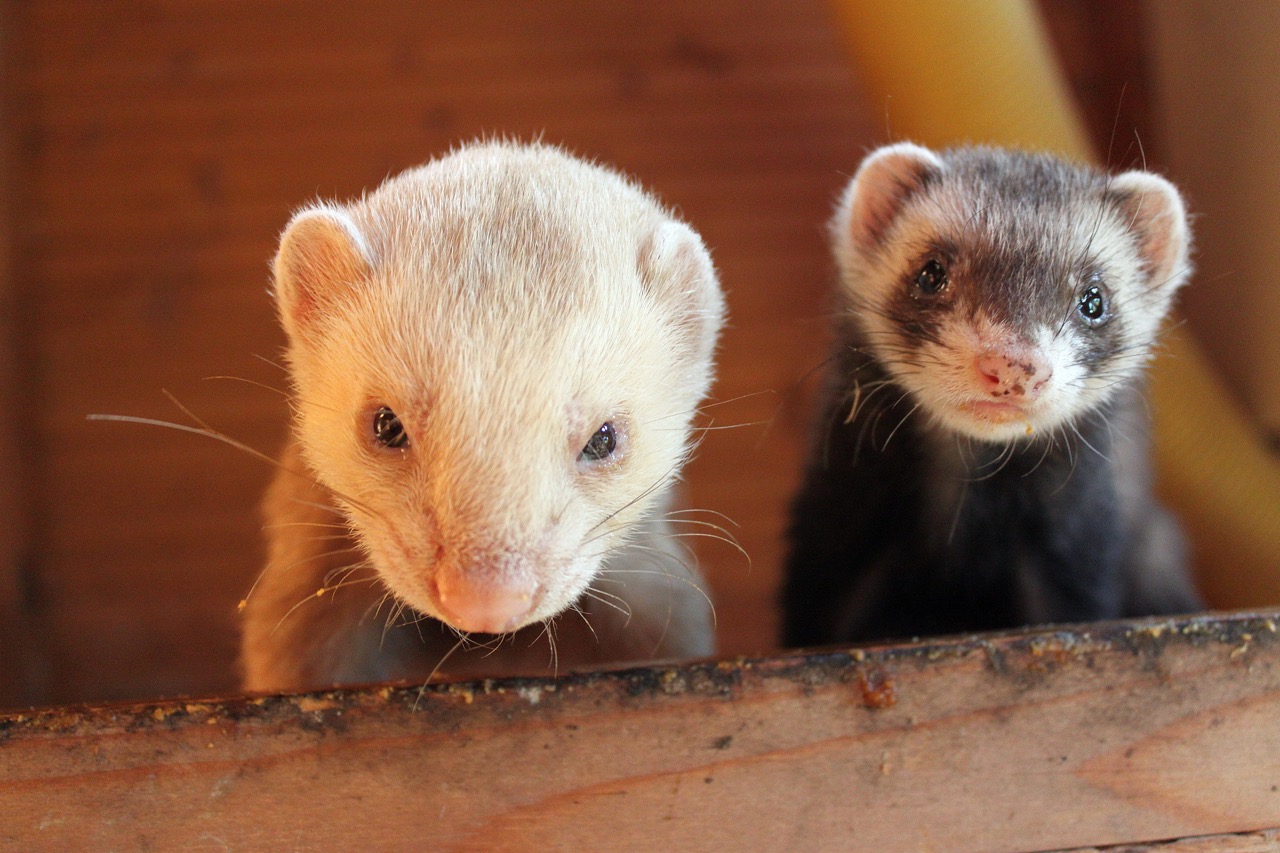When considering bringing a ferret into your home, one of the most critical aspects of pet ownership is creating a comfortable living environment. Ferrets are playful, social creatures that require not just adequate space for exercise but also a safe and cozy resting area. Choosing the right cage can significantly impact your ferret’s health and happiness. This article will guide you through understanding ferret needs, identifying key features in cage design, assessing size and layout, and enhancing comfort with suitable bedding and accessories.
Understanding Ferret Needs for a Comfortable Resting Space
Ferrets are naturally burrowing animals, preferring enclosed spaces where they can feel secure and hidden. In a domestic environment, this instinct translates to a need for a cozy resting area within their cage. By providing a comfortable space, ferret owners can help reduce stress, promote healthy sleeping habits, and ensure their pets feel safe. A suitable resting area mimics their natural habitat, offering them a place to retreat when they’re tired or overwhelmed.
Additionally, ferrets sleep for a significant portion of the day, often up to 18 hours. Therefore, it’s crucial to create a designated resting zone that caters to their sleep cycles. Temperature is also an important factor; ferrets thrive in moderate environments, so placing their resting area away from direct drafts or excessive heat will help maintain their comfort. Understanding these needs is key to selecting a cage that promotes both restful sleep and overall well-being.
Another aspect of ferret behavior to consider is their social nature. They may prefer sleeping close to other ferrets or their human companions. Thus, creating a multi-level cage with various resting areas can cater to their social habits and encourage interaction, whether with other ferrets or with their human family members. A cage that considers these behavioral traits will support your ferret’s emotional and physical health.
Key Features to Look for in a Ferret Cage Design
When selecting a cage for your ferret, the first feature to consider is the design of the resting area. Look for cages that include multi-level platforms or hideaways, which can serve as dedicated sleeping zones. These features provide ferrets with the opportunity to climb, explore, and choose their preferred spot to rest. Additionally, ensure that the rest areas are securely enclosed, preventing your ferret from escaping during its downtime.
Ventilation is another essential feature in a ferret cage. Adequate airflow helps prevent the buildup of harmful ammonia from waste, which can be detrimental to your ferret’s health. Cages with wire construction for the sides and top can offer better ventilation compared to solid enclosures. The material should also be non-toxic and safe for ferrets to chew on, as they are notorious for their curious and inquisitive nature.
Lastly, consider the ease of access for cleaning. A cage that allows you to easily remove bedding and accessories will help maintain a hygienic environment, which is critical for your ferret’s health. Look for removable trays or easy-to-clean materials that withstand frequent washing. A well-designed cage will provide ample opportunities for rest while also being functional for the owner’s cleaning routine.
Assessing Size and Layout for Optimal Rest Areas
An appropriate cage size is crucial for your ferret’s overall happiness and health. A larger cage allows for designated resting areas without compromising space for climbing and playing. As a general rule, ferret owners should look for cages that are at least 24 inches wide, 36 inches long, and 36 inches high. However, bigger is always better, especially if you plan on housing more than one ferret. The added space will offer your pets the opportunity to roam and explore while still having secluded spots for restful sleep.
When assessing the layout of the cage, consider how the resting areas are integrated into the overall design. Multi-level cages with ramps or ladders allow ferrets to move freely between levels while offering various spots for rest. This design also encourages natural behaviors, as ferrets enjoy exploring vertical spaces. A well-laid-out cage will ensure that your ferret can choose where to rest based on its comfort level and mood.
It’s also worth noting any obstructions within the cage that may restrict movement. While toys and climbing structures are essential for a ferret’s playtime, ensure that the layout allows for clear pathways to resting areas. Avoid overcrowding the cage with too many items, as this can lead to stress. A well-sized and thoughtfully arranged cage will contribute significantly to your ferret’s overall well-being.
Enhancing Comfort: Bedding and Accessories for Ferrets
Choosing the right bedding is crucial for making your ferret’s resting area comfortable. Soft, warm materials such as fleece or cotton are ideal, as they provide a cozy surface for your pet to snuggle into. Avoid using cedar or pine shavings, as these can be harmful to ferrets’ respiratory systems. Instead, opt for safe, organic bedding materials that are absorbent and easy to clean, such as paper-based products or specialty bedding designed for small animals.
In addition to bedding, consider adding accessories that enhance your ferret’s resting experience. Hammocks and soft beds can provide unique resting spots, allowing ferrets to lounge comfortably. Some ferrets enjoy sleeping in enclosed spaces, so offering a small box or cave can also cater to this instinct. Variety in resting options encourages your ferret to choose where it feels most comfortable, promoting better sleep patterns.
Lastly, regular maintenance of bedding and accessories is essential to ensure a hygienic environment. Bedding should be cleaned and replaced regularly to prevent odors and bacterial growth. Accessories should be washed or replaced as needed to maintain a clean, inviting space. By prioritizing comfort and hygiene, you can create a cozy resting area that keeps your ferret happy and healthy.
Choosing the right cage for your ferret involves understanding their unique needs and preferences. By focusing on elements like cage design, size, layout, and the comfort of resting areas, you can create a welcoming environment that supports your ferret’s well-being. Remember, a happy ferret is a healthy ferret, and providing a suitable resting area is a significant step toward ensuring a fulfilling life for your pet. Through thoughtful consideration and proper care, you can foster a loving home that your ferret will thrive in for years to come.










